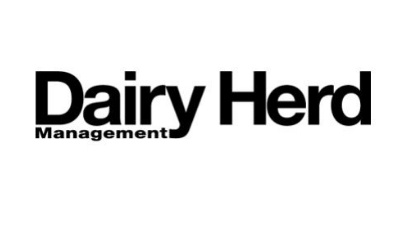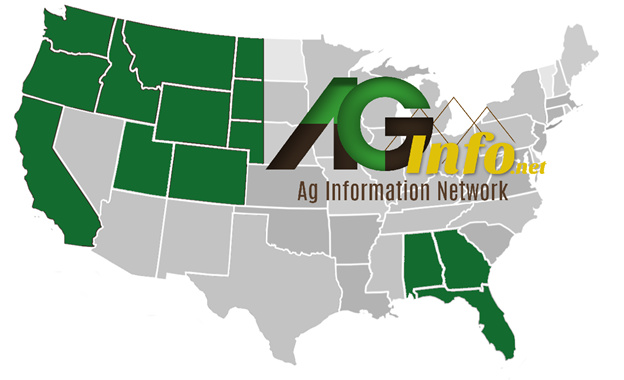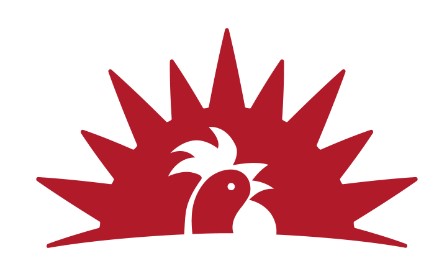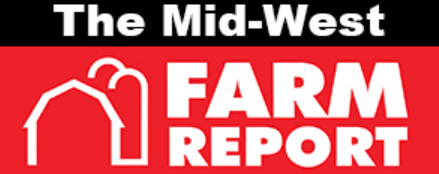News and Information Related to Sustainability in Dairy
A collection of articles relevant to dairies and their environmental impact.

Athian Introduces New Protocol For Reducing GHG Emissions From Cattle
Athian has published a brand new protocol outlining how U.S. dairy farmers can lower their greenhouse gas (GHG) emissions through the use of the amino-acid balanced, low-protein feed, AjiPro®-L. This protocol joins three others in Athian’s growing library, all aimed at supporting producer incentives for their verified on-farm GHG reduction efforts. These outcomes can be sold to supply chain partners, who then report them as Scope 3 insets.

Embracing Sustainability: A California Dairy Farmer’s Journey Toward a Greener Future
Legacy Ranches of California is well-versed in navigating sustainable practices and technologies to address environmental challenges faced by their farm. The drive for enhanced farm efficiencies has prompted key operational decisions regarding agronomics, herd characteristics, manure management, and energy usage.

Farmers, artificial intelligence have key roles
As new advancements emerge, dairy farmers are continuing to embrace the knowledge and innovation of dairy sustainability practices and technologies. Feed management and breeding strategies are two approaches to reducing enteric methane emissions. Researchers are now exploring the use of artificial intelligence to deliver data to farmers, offering insight into how management decisions might impact emissions.

Forecasting tool helps decide when to spread manure
Wisconsin farmers now have access to an online resource, the Runoff Risk Advisory Forecast, developed by the Wisconsin Department of Agriculture, Trade and Consumer Protection in collaboration with the National Oceanic and Atmospheric Administration. The tool informs farmers of optimal conditions and timing for manure application, considering runoff risks into waterways as well as freezing events.

Making manure solids work
A significant decision made on every dairy farm is choosing the type of bedding that works best for both the cows and overall farm operations. As a consistent, readily available resource and promoting a closed loop system, the use of manure solids as bedding is peaking the interest of producers. Proper management of the recycled solids is crucial to maintain optimal cow health, focusing primarily on monitoring bedding bacteria concentrations and ensuring the material stays dry.

The Value of Manure
The national Waste to Worth conference, hosted by the Livestock and Poultry Environmental Learning Community (LPELC), will be held from April 7-11, 2025. This event will bring together a network of professionals from the U.S. and Canada representing Extension specialists, producers, conservation groups, and industry representatives to exchange knowledge on sustainable methods to manage manure.

Long-Term Study Reveals Best Practices for Building Soil Carbon in Agricultural Soils
A 25-year study conducted at the Long-Term Ecological Research Site at the W.K. Kellogg Biological Station in Hickory Corners, Michigan, revealed notable differences in soil carbon between fields using conservation versus conventional field management practices. Insights from this research will aid farmers and farm advisors in making informed decisions to implement sustainable practices.

Manure vacuums come of age
Several models of manure vacuums exist to fit the needs of various operations, ranging from tanks to robots. Although manure vacuums offer an efficient method for collecting manure from the floors and barn alleys in dairy systems, they are still not widely used on many operations. The ongoing evolution of manure vacuum designs, along with updates in regulations, safety measures, and economic considerations may lead to increased adoption on dairy farms.

Closing the Knowledge Gap in Dairy Sustainability
Dr. Mara Cloutier, research scientist and program director at the Soil Health Institute, discusses how the Dairy Soil & Water Regeneration project is helping close knowledge gaps in dairy forage production through science-backed data. Working to align with dairy’s 2050 environmental stewardship goals, researchers in major dairy regions across the country are studying the impacts of soil health and manure management practices on greenhouse gas emissions, water quality outcomes, and agronomic factors such as yield and forage quality.

Athian Capitalizing on Momentum, Setting New Milestones for 2025
Athian reflects on the progress it has made in providing farmers with incentives for implementing emission-reduction practices, just one year after its initial sale of the first verified reductions. With additional protocols introduced over the past year and plans to double them in 2025, Athian is set to further strengthen connections between producers and supply chains through credible verification.
